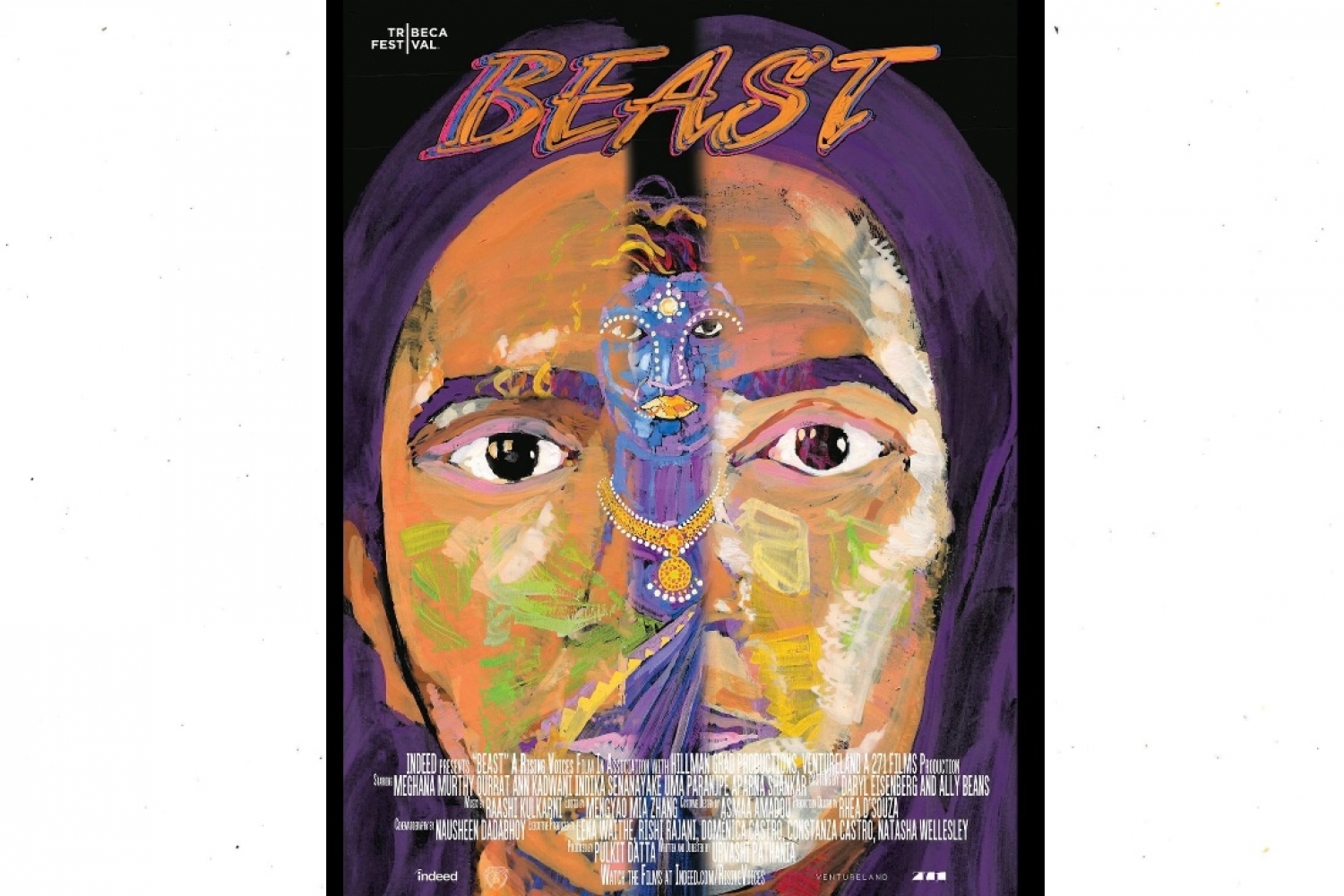

The Film
The film is about Rani Gidla, a non-binary Indian American teen who doesn't fit into prescriptive gender norms and hence is going through an inward battle with identity. This film serves as an insight into their daily life and the conscious thoughts that they hold within. A story of self-expression, South Asian beauty standards and gender identity, the film was selected for Indeed’s Rising Voices program.
The Inspiration
I went to a drag performance at a gay bar in the Castro neighbourhood of San Francisco. One of the drag queens was South Asian and she swayed her hips and twirled her scarf to Classical Indian music. I was transfixed. This show was transgressive — everything I thought I could never do was taking place in front of me. The whole process was liberating. So this short film is an ode to their courage and the beautiful way they have reclaimed Indian dance as a space to explore gender, sexuality and the liminal. The character of Rani Gidla is purely based on my cousin and frequent artistic collaborator who identifies as non-binary. As children, when we were asked to perform dances at weddings, they hated it. Now that they can be their true self, they love performing as a drag king.
Dance and Expression
There is a picture of me at eleven years old, at an Indian dance convention. I am dressed in traditional Indian men’s clothing, with a painted moustache on my face and my long hair covered under a turban. I ended up on that dance stage because my dance instructor asked which of the little girls would be willing to dance the male parts and my hand shot straight up. As I grew older, I continued dancing and competing around the country with my college dance team. As a lifelong dancer, performing arts have been my avenue for self-exploration and cathartic release. It’s a space where I can be anyone and inhabit any role, just like Rani could do while they performed Bharatnatyam. They were free to play with gender in this performance space, which is how they could understand that they prefer they/them pronouns. Imagine if we lived as freely as we are on the dance floor!
Societal Beauty Standards
The ‘Beauty Parlour Aunty’, who is seen as a motif here, is often the butt of an easy joke. They comment on our bodies, our facial hair, and our skin tones, but it’s not always malicious or even conscious. Eurocentric beauty standards are omnipresent and therefore feel as natural as the air we breathe, but they are rooted in white supremacy and based on years of colonisation. We can joke about the beauty parlour aunties who perpetuate societal beauty standards, but we shouldn’t forget the root cause. Also, my sole advice to young adults growing up struggling with their identity is that it’s okay to make mistakes! It’s okay to look cringe. Your older self will forgive you and even love you more for it.
Up Next
My next project is going to be a feature film on skin lightening.
Text Samridhi Singh
Date 06-07-2022